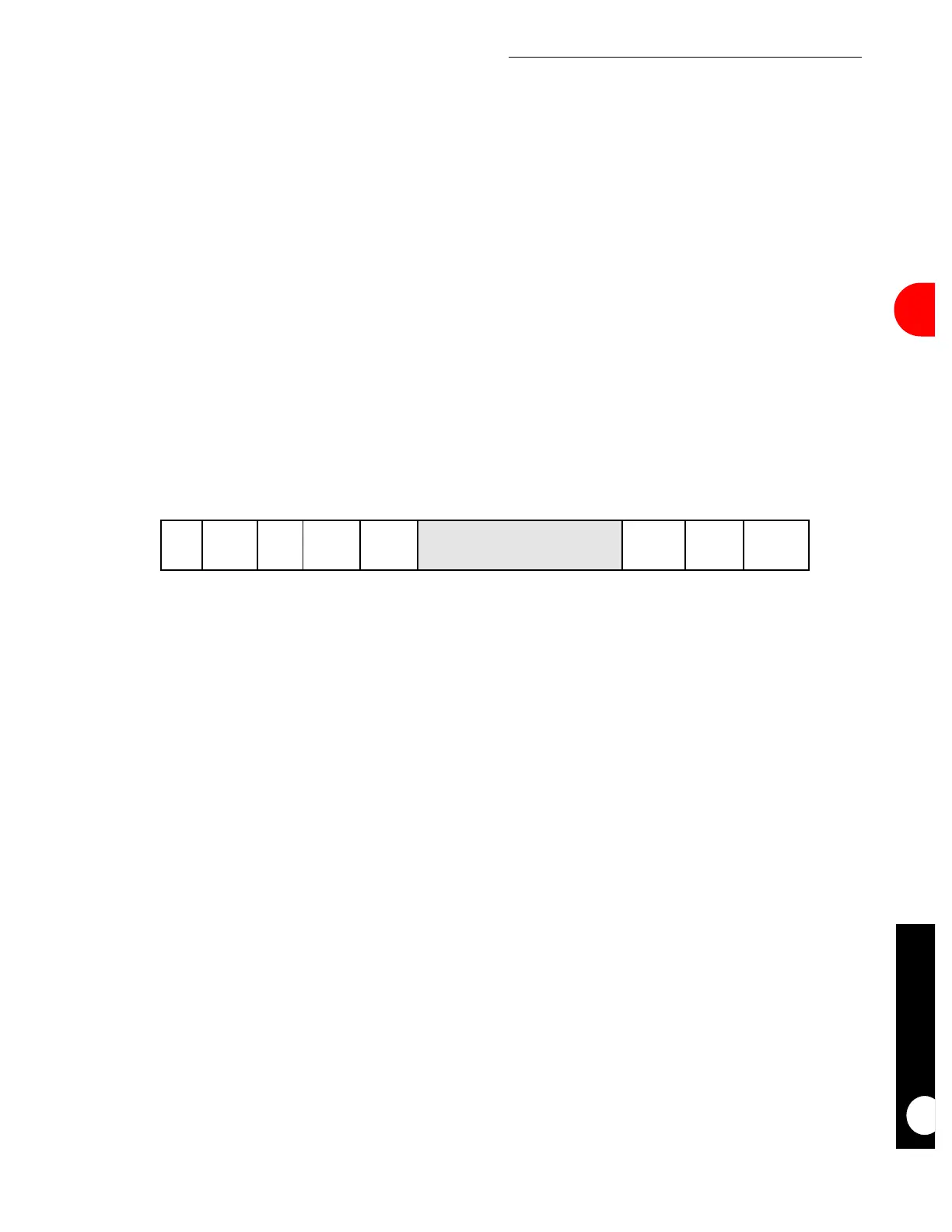Communication Processor Module
MOTOROLA MPC823e REFERENCE MANUAL 16-265
COMMUNICATION
16
SCCs
16.9.18 The SCCs in AppleTalk Mode
AppleTalk
®
is a set of protocols developed by Apple Computer Inc. to provide a LAN service
between Macintosh computers and printers. Although AppleTalk can be implemented over
a variety of physical and link layers, including Ethernet, the AppleTalk protocols have
traditionally been more closely associated with one particular physical and link layer protocol
called LocalTalk.
LocalTalk refers to an HDLC-based link and physical layer protocol that runs at the rate of
230.4kbps. In this manual, the term AppleTalk controller refers to a support that the
MPC823e provides for the LocalTalk protocol. The AppleTalk controller provides the
required frame synchronization, bit sequence, preamble, and postamble onto standard
HDLC frames. These capabilities, as well as the use of the HDLC controller in conjunction
with DPLL operation in FM0 mode, provide the proper connection formats to the LocalTalk
bus.
16.9.18.1 OPERATING THE LOCALTALK BUS. A LocalTalk frame is basically a modified
HDLC frame.
The frame begins when a synchronization sequence greater than three bits is sent. This
sequence consists of at least one logical 1 bit (FM0-encoded) followed by greater than two
bit times of line idle with no particular maximum time specified. The idle time allows
LocalTalk equipment to sense a carrier by detecting a “missing clock” on the line. The
remainder of the frame is a typical half-duplex HDLC frame. Two or more flags are sent,
which allows for bit, byte, and frame delineation or detection. Then, two bytes of address,
destination, and source are transmitted, followed by a byte of control and 0 to 600 data
bytes. Next, two bytes of CRC (described in Section 16.9.16.8 SCCx HDLC Mode
Register) are sent. The LocalTalk frame is then terminated by a flag and a restricted HDLC
abort sequence. Then the transmitter’s driver is disabled.
The control byte within the LocalTalk frame indicates the type of frame. Control byte values
that range from 0x01 to 0x7f are data frames and control byte values that range from 0x80
to 0xff are control frames. There are four types of control frames:
• ENQ—Enquiry
• ACK—Enquiry acknowledgment
• RTS—Request to send a data frame
• CTS—Clear to send a data frame
Figure 16-89. LocalTalk Frame Format
SYNC
SEQ
ABORT
SEQUENCE
HDLC
FLAGS
CLOSING
FLAG
CRC-16
DEST
ADDR
SOURCE
ADDR
CONTROL
BYTE
DATA
(OPTIONAL)
> 3
BITS
2 OR
MORE
BYTES
1
BYTE
1
BYTE
1
BYTE
0–600 BYTES
2
BYTES
1
BYTE
12–18
ONES

